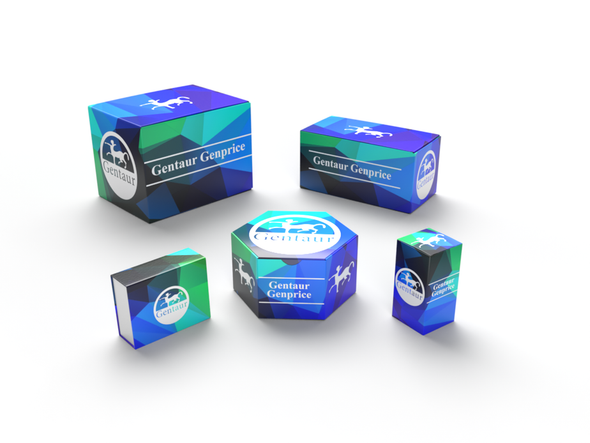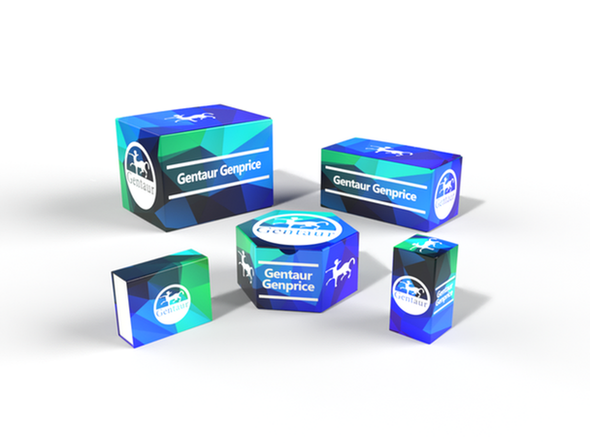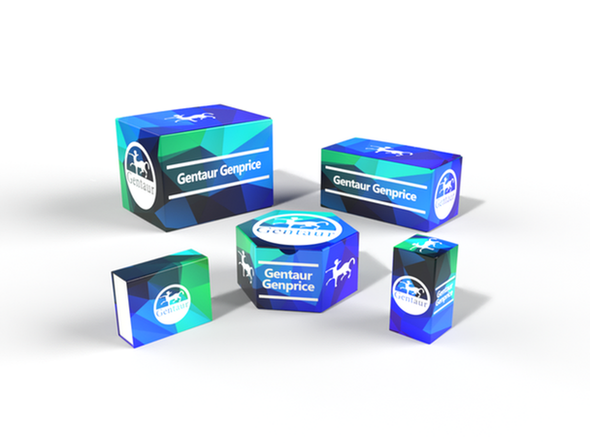LDB
CTNNB1 Antibody (Ascites) [AMM02416G]
- SKU:
- LBD-AMM02416G-GEN
- Availability:
- Usually ships in 5 working days
Description
CTNNB1 Antibody (Ascites) [AMM02416G] | Gentaur UK, US & Europe Distribution
Product Category: Monoclonal Antibodies
Host: Mouse
Species Reactivity: H
Specificity: This CTNNB1 antibody is generated from mice immunized with a KLH conjugated synthetic peptide between 646-673 amino acids from human CTNNB1.
Cellular Localisation: Cytoplasm. Nucleus. Cytoplasm, cytoskeleton {ECO:0000250|UniProtKB:B6V8E6}. Cell junction, adherens junction {ECO:0000250|UniProtKB:Q02248}. Cell junction {ECO:0000250|UniProtKB:B6V8E6}. Cell membrane. Cytoplasm, cytoskeleton, microtubule organizing center, centrosome. Cytoplasm, cytoskeleton, spindle pole Cell junction, synapse {ECO:0000250|UniProtKB:Q02248}. Cytoplasm, cytoskeleton, cilium basal body {ECO:0000250|UniProtKB:Q02248} Note=Colocalized with RAPGEF2 and TJP1 at cell-cell contacts (By similarity) . Cytoplasmic when it is unstabilized (high level of phosphorylation) or bound to CDH1. Translocates to the nucleus when it is stabilized (low level of phosphorylation) . Interaction with GLIS2 and MUC1 promotes nuclear translocation. Interaction with EMD inhibits nuclear localization. The majority of beta-catenin is localized to the cell membrane. In interphase, colocalizes with CROCC between CEP250 puncta at the proximal end of centrioles, and this localization is dependent on CROCC and CEP250. In mitosis, when NEK2 activity increases, it localizes to centrosomes at spindle poles independent of CROCC. Colocalizes with CDK5 in the cell-cell contacts and plasma membrane of undifferentiated and differentiated neuroblastoma cells Interaction with FAM53B promotes translocation to the nucleus (PubMed:25183871) . {ECO:0000250|UniProtKB:B6V8E6, ECO:0000269|PubMed:25183871}
Molecular Weight: 85497
Clone: Monoclonal
Gene Name: CTNNB1
Gene ID: 1499
Function: Key downstream component of the canonical Wnt signaling pathway (PubMed:17524503, PubMed:18077326, PubMed:18086858, PubMed:18957423, PubMed:21262353, PubMed:22155184, PubMed:22647378, PubMed:22699938) . In the absence of Wnt, forms a complex with AXIN1, AXIN2, APC, CSNK1A1 and GSK3B that promotes phosphorylation on N- terminal Ser and Thr residues and ubiquitination of CTNNB1 via BTRC and its subsequent degradation by the proteasome (PubMed:17524503, PubMed:18077326, PubMed:18086858, PubMed:18957423, PubMed:21262353, PubMed:22155184, PubMed:22647378, PubMed:22699938) . In the presence of Wnt ligand, CTNNB1 is not ubiquitinated and accumulates in the nucleus, where it acts as a coactivator for transcription factors of the TCF/LEF family, leading to activate Wnt responsive genes (PubMed:17524503, PubMed:18077326, PubMed:18086858, PubMed:18957423, PubMed:21262353, PubMed:22155184, PubMed:22647378, PubMed:22699938) . Involved in the regulation of cell adhesion, as component of an E-cadherin:catenin adhesion complex (By similarity) . Acts as a negative regulator of centrosome cohesion (PubMed:18086858) . Involved in the CDK2/PTPN6/CTNNB1/CEACAM1 pathway of insulin internalization (PubMed:21262353) . Blocks anoikis of malignant kidney and intestinal epithelial cells and promotes their anchorage-independent growth by down-regulating DAPK2 (PubMed:18957423) . Disrupts PML function and PML- NB formation by inhibiting RANBP2-mediated sumoylation of PML (PubMed:22155184) . Promotes neurogenesis by maintaining sympathetic neuroblasts within the cell cycle (By similarity) . Involved in chondrocyte differentiation via interaction with SOX9: SOX9-binding competes with the binding sites of TCF/LEF within CTNNB1, thereby inhibiting the Wnt signaling (By similarity) .
Summary: Tissue Location: Expressed in several hair follicle cell types: basal and peripheral matrix cells, and cells of the outer and inner root sheaths. Expressed in colon. Present in cortical neurons (at protein level) . Expressed in breast cancer tissues (at protein level) (PubMed:29367600) .
Form: Mouse monoclonal antibody supplied in crude ascites with 0.09% (W/V) sodium azide.
Storage: Maintain refrigerated at 2-8°C for up to 2 weeks. For long term storage store at -20°C in small aliquots to prevent freeze-thaw cycles.
Application: WB
Dilution: WB--1:200~1600
Synonyms: Catenin beta-1, Beta-catenin, CTNNB1, CTNNB

![CTNNB1 Antibody (Ascites) [AMM02416G] CTNNB1 Antibody (Ascites) [AMM02416G]](https://cdn11.bigcommerce.com/s-1rdwiq712m/images/stencil/608x608/products/54608/463780/gentaur-genprice__26005.1661610467__29809.1661628092__75433.1661676199__77988.1661684280__64362.1661692443__02085.1662049603__45075.1662119302__91744.1662191540__21580.1662291419__30147.1663322621.png?c=1)




